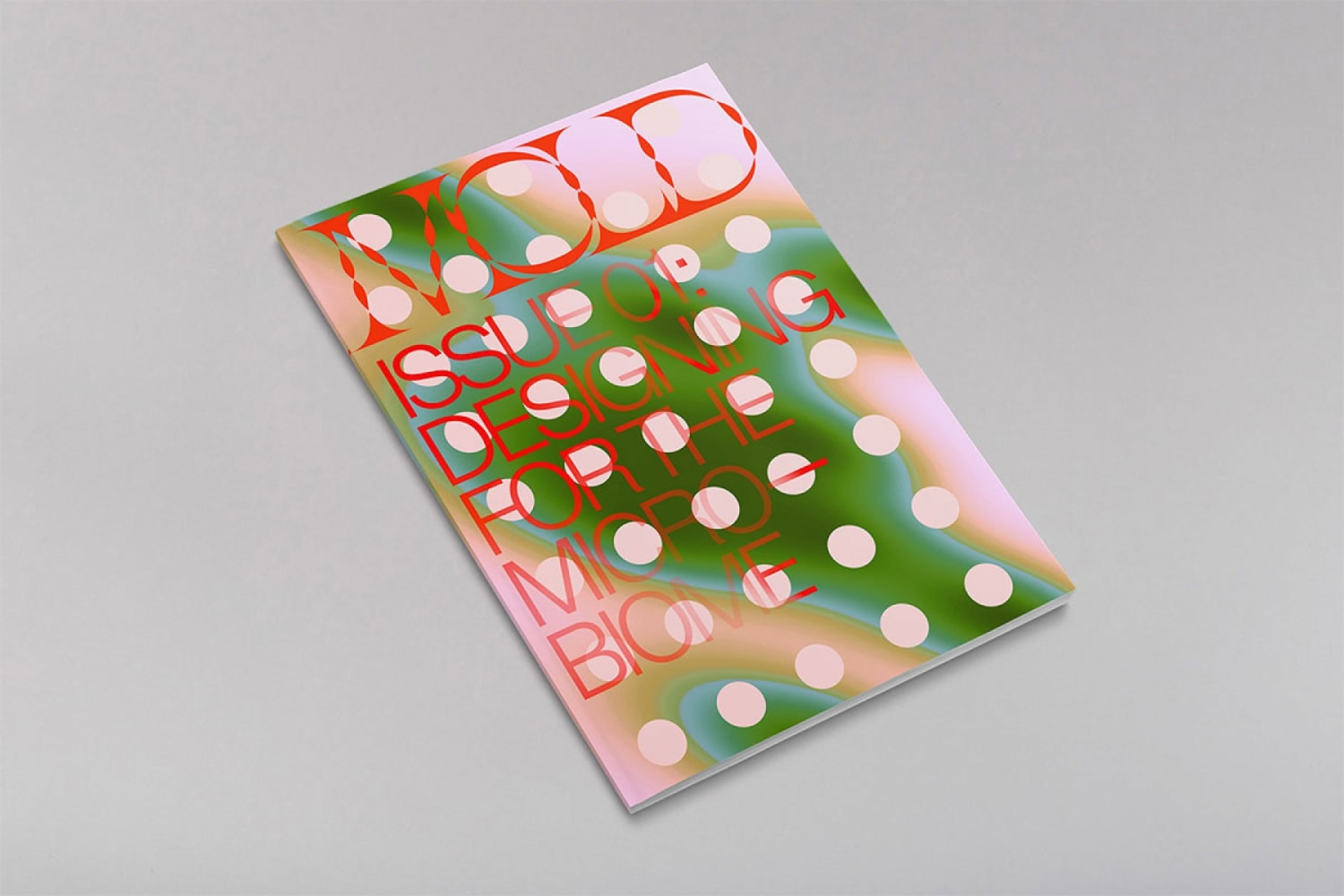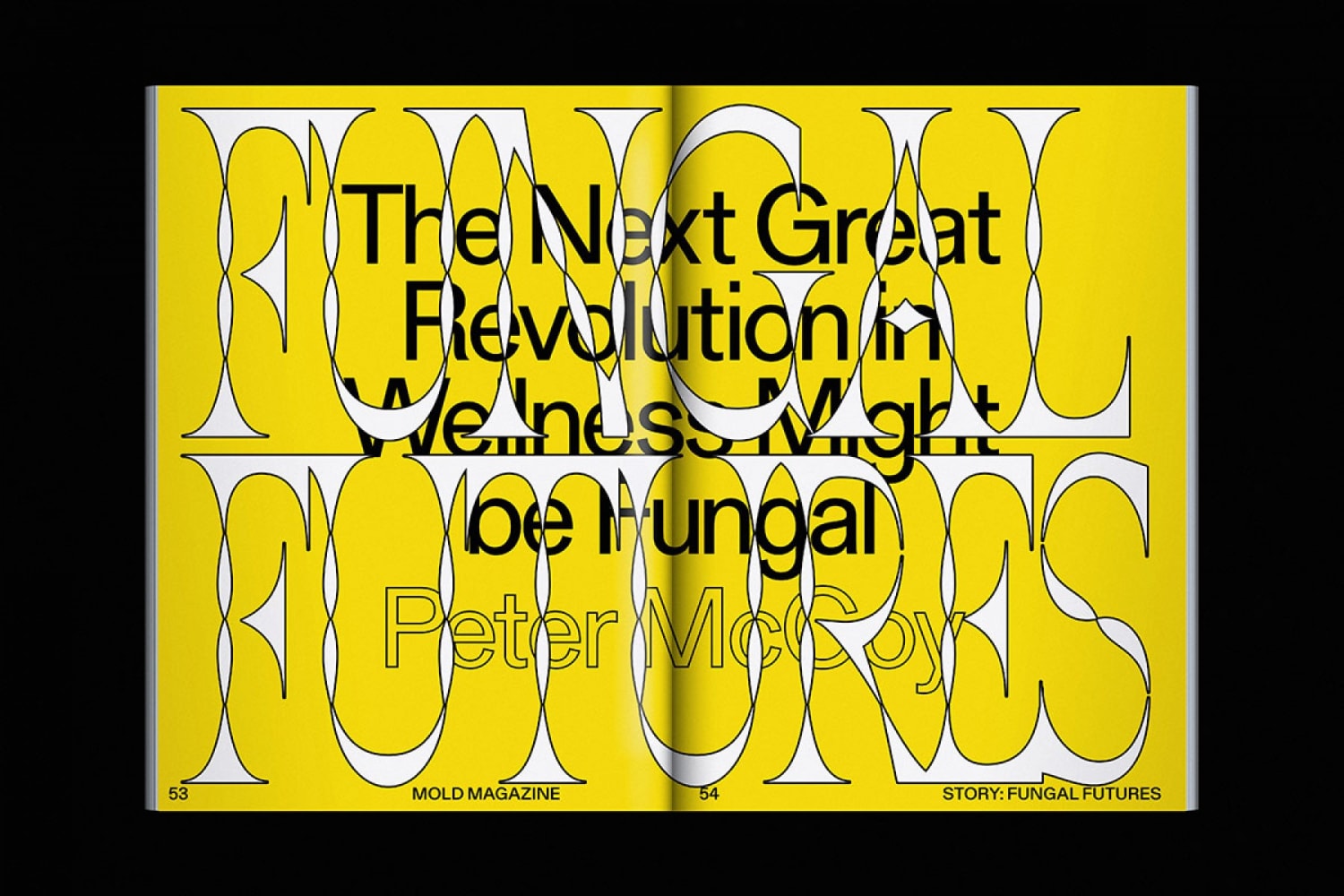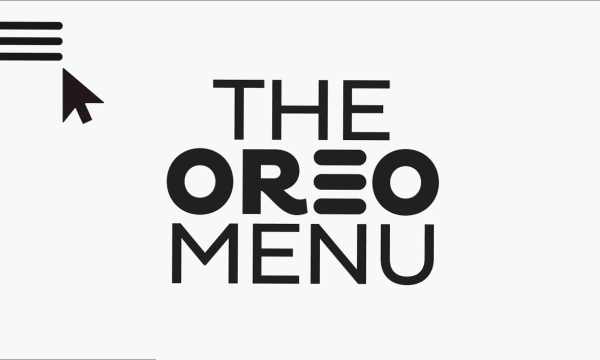How do you choose the magazine’s themes?
The first issue is about designing for the microbiome. I wanted the first issue to be a bit challenging. If you were expecting a food magazine with recipes, that’s not what we’re delivering. But I also wanted it to be about design. And this idea really speaks to this specific moment in time, where we actually have the scientific knowledge and the technology to design microorganisms.
There’s a new field in design called synthetic microbiology. There is also all of this new scientific research is coming out that is identifying the fact that everything from our immune system to our ecological and digestive health is all controlled by microbes that live inside our guts. The third piece was this renewed interest in fermentations in the world of restaurants and wellness spaces. Those three things intersect in a really interesting way and speak to a specific design process.
The second issue of the magazine is going to be about more traditional design. How do our utensils and our plates and our cups and our dining furniture influence rituals around dining? And how can designers rethink those things as we prepare to embrace new ways of eating? How can design play a role in shaping those types of rituals that are deeply engrained in culture and identity?
We’re going to be doing a whole issue about new agricultural systems. The space of home hydroponics and kitchen gardens is starting to fill up. But to be honest, almost all of the products that are on the market are not well designed. They do not really consider the end user’s experience in growing living things in their home. In order for these types of innovations to be successful, they need to be successful on a very human level. I hope that designers will be really inspired to see how they can play a role in this movement.
Are there any examples from your research so far that you’d like to highlight?
One story I think is really interesting is about how brands are embracing probiotics and prebiotics in their products. Obviously, yogurt is an early adopter on this. Yogurt traditionally is created using live bacteria that ferment the milk. But we’re starting to see prebiotics and probiotics in everything from granola bars to chocolate.
A story to be concerned about is Soylent, which is a hugely design-driven brand. The story that they tell around their product is hugely considered. But the fact that it’s a sterile product and when they came out of the gate was really purporting to be “all you ever need” has been problematic, and is also why they’ve been backing away from that claim now as they move into new types of products.
Then we have the chef Kwang Uh, who is the co-founder and chef of Baroo in LA. He’s leading a New American revival of fermentation. His restaurant was something so exciting for me. He writes for the issue about his philosophy around fermentation, and why it plays such a central role in the way he cooks. So there are those types of stories as well.
What is probably more interesting than all of these things is that there are websites and services out there that give consumers access to diagnosing their own gut biology or makeup. You can go to the American Gut project and actually send in a sample and they’ll send you information telling you what bacteria dominates your gut. I think that’s the beginning of a larger trend in biohacking that we’ll see soon.
For more on the microbiome, read our Q&A with Viome founder Naveen Jain.




